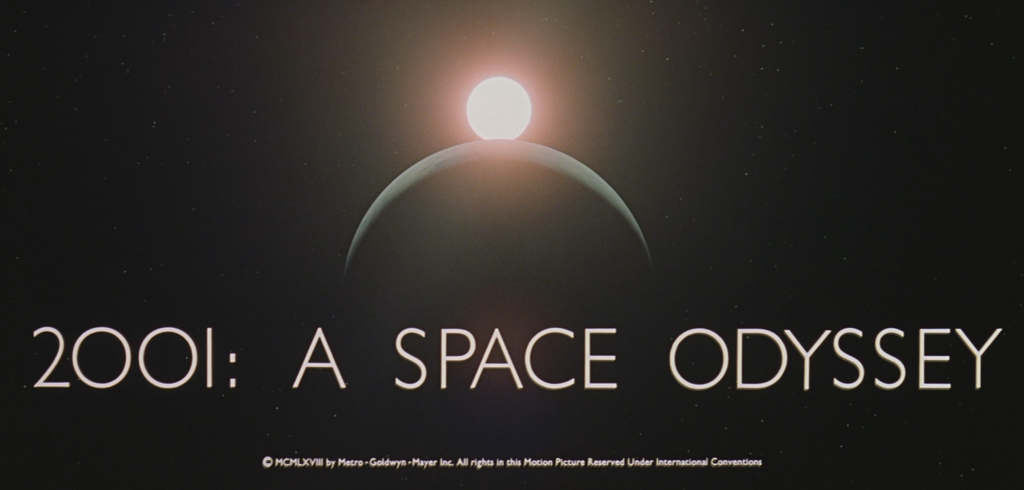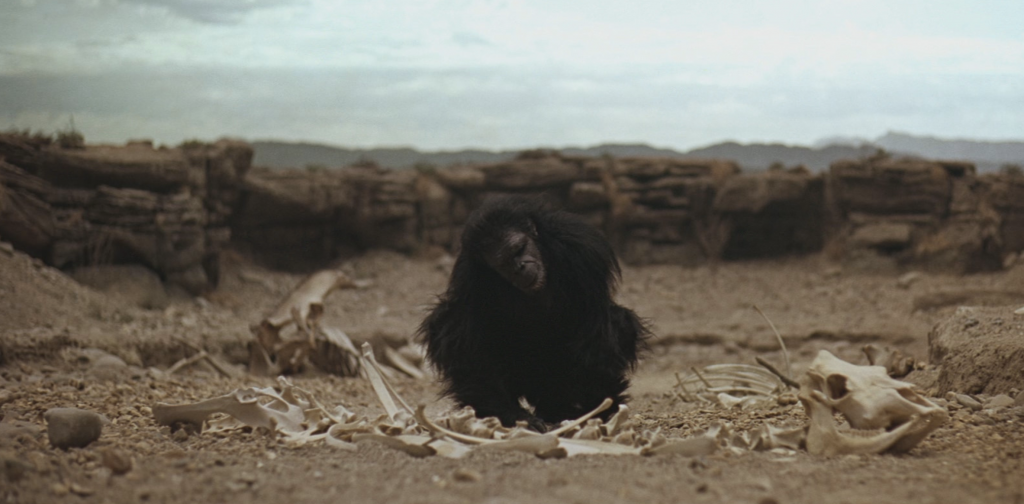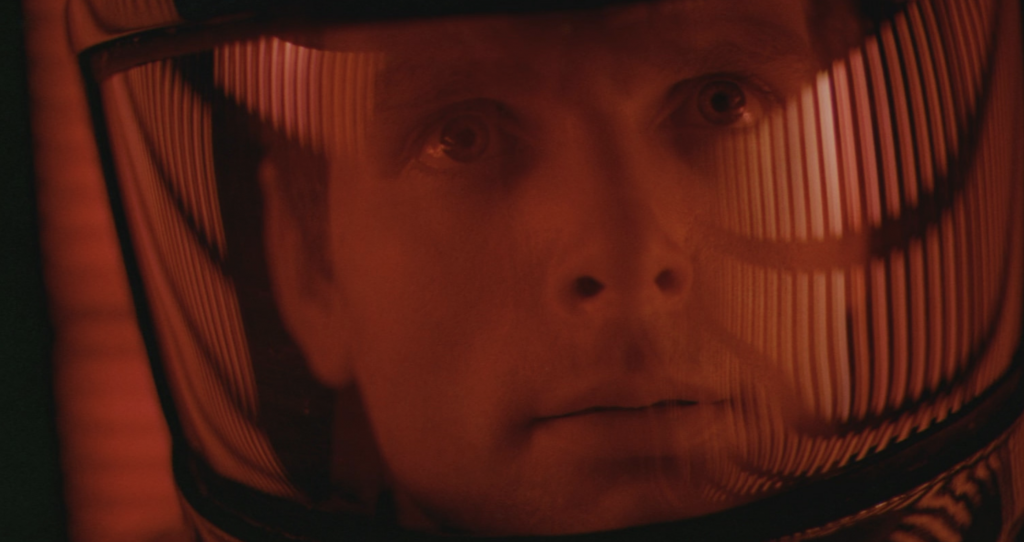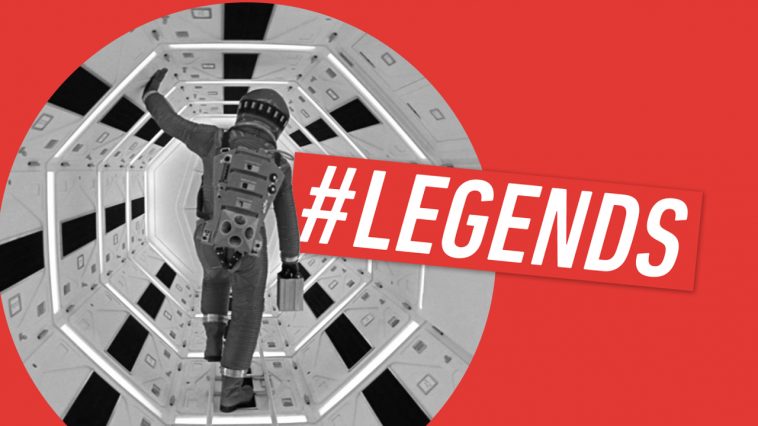LONDON – While Stanley Kubrick was pensively and meticulously working on the masterpiece that is 2001: A Space Odyssey back in 1968, NASA were frantically trying to get a man on the moon. Needless to say, Kubrick came first – and looking back over his illustrious career, and just how modern and relevant his films still are today, it’s fair to say he always did. It’s hard to believe 2001 is over 50 years old. Kubrick transcended genre conventions, his use of music and special effects were strikingly progressive, and it changed the entire shape of the science-fiction genre which, prior, had been confined somewhat to the tropes of the B-movie formula. Collaborating closely, and diligently with NASA engineers to help craft the aesthetic of the piece, what transpired was a subtle, understated affair that felt authentic.

Space wasn’t now just a setting for cartoon-like aliens who wanted to communicate with us, it was a feasible destination for man to travel to. Kubrick displayed a distinct stillness in his depiction of space, and with this turned science-fiction into a respectable form of artistic expression. 2001: A Space Odyssey also had a non-linear approach to its means of storytelling, which may not seem very remarkable now – but at the time it just wasn’t how filmmakers operated in Hollywood. In Europe, certainly there were directors such as Jean-Luc Godard pushing boundaries in that regard, but rarely in America, and particularly in mainstream endeavours.

His influences from Europe were prevalent in the sensibilities of his work – just take one of his most underrated works Paths of Glory (1957), which shares much in common with Jean Renoir’s La Grande Illusion; presenting a profound, overly cinematic tale that thrives in the futility of war. So many directors today name Kubrick as being a great influence, and in some auteur’s work, it’s patently clear. Christopher Nolan cited Kubrick as his key influencer when making Dunkirk and then take Paul Thomas Anderson, Jonathan Glazer and Ridley Scott. Though perhaps given his imprint is so ingrained into the fabric of the cinematic language we’re familiar with today, all prominent filmmakers are all inspired by his work, even without knowing.

Kubrick’s Dr. Strangelove or: How I learned to Stop Worrying and Love the Bomb (1964) is depressingly pertinent today. Satirising the Cold War fears of a nuclear conflict, it features power- hungry, verging on insane world leaders, and the implications of one of them pushing the wrong button (you only have to follow Donald Trump’s churlish feud on Twitter with Kim Jong-un to find the troublesome similarities).

The modernity of Kubrick could be found in all of his work; A Clockwork Orange’s sociopathic droogs even had an influence on fashion, though not everybody was impressed. Revered critic Roger Ebert called the film a ‘paranoid right-wing fantasy’ (sounds like he’s describing Brexit). Paranoia was an essential theme explored in The Shining too, which subverted the horror genre, and has a lasting effect still seen today, notably in films such as Get Out, which revels in a similar capacity.

But that was Kubrick, staggeringly ahead of his time, and not just from a thematic perspective, but also in the styles he adopted to actually craft his movies. If still alive today you just know he’d have embraced new technology and made it his own. In fact, he may even have made a 3D movie, and chances are, it would’ve been the best damn 3D movie of all time – and one we’d still be writing about in 50 years from now.
- Stanley Kubrick’s Legacy – 20 Years on from his Death






Leave a Comment